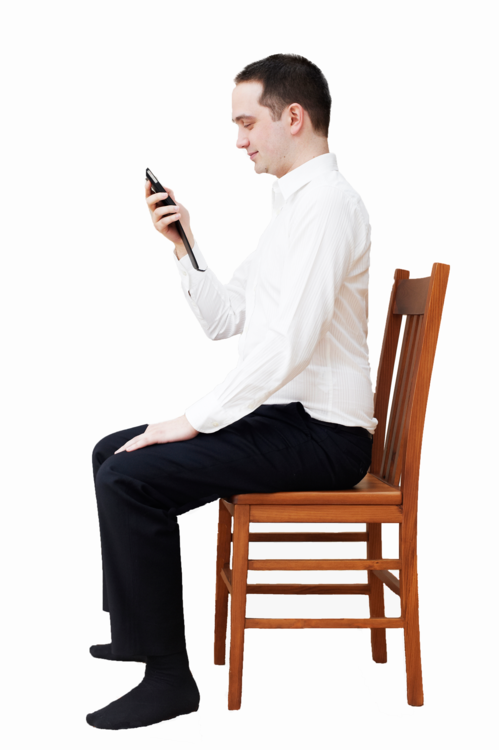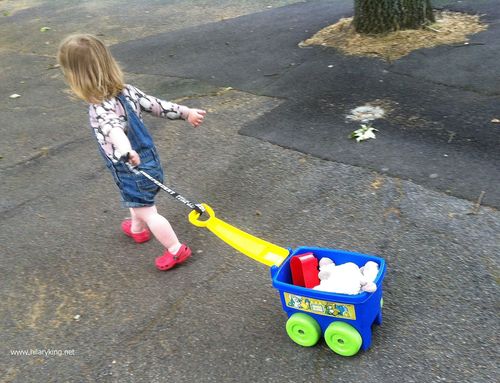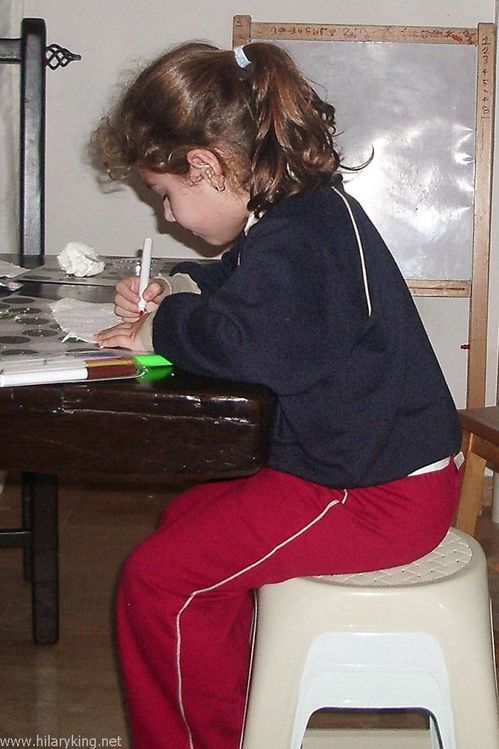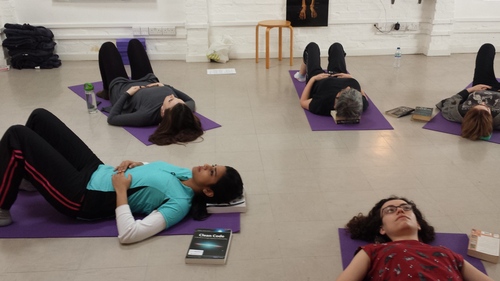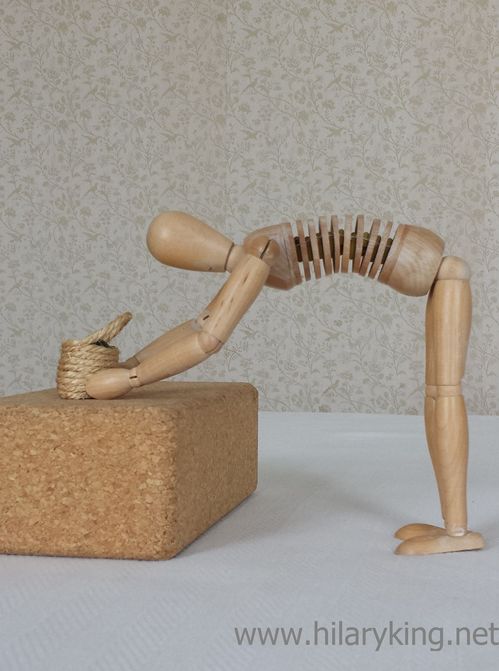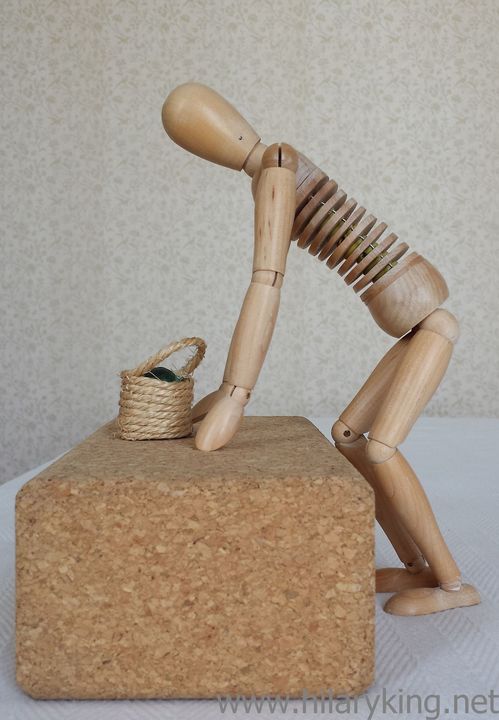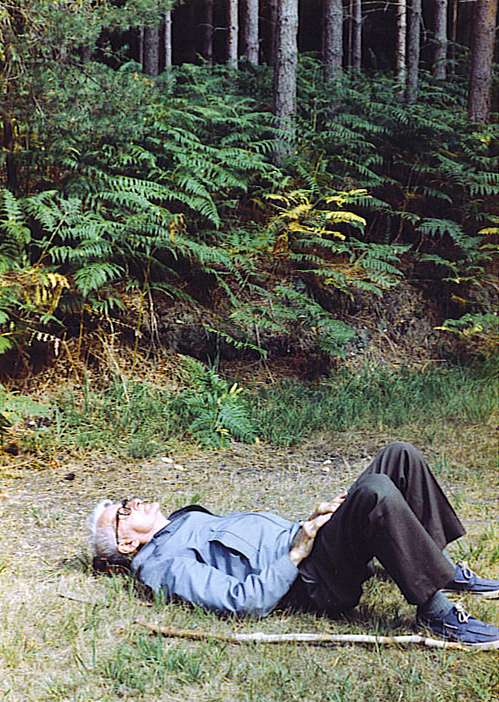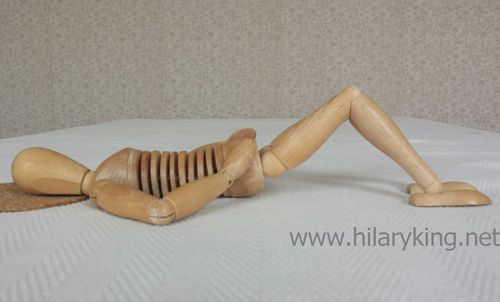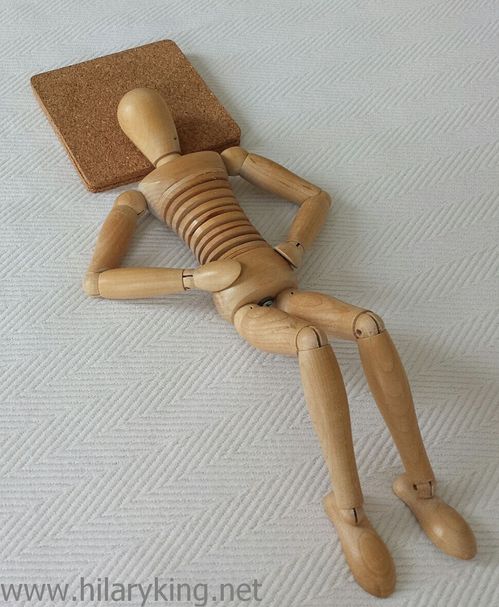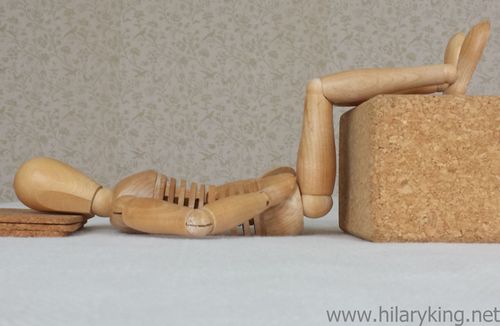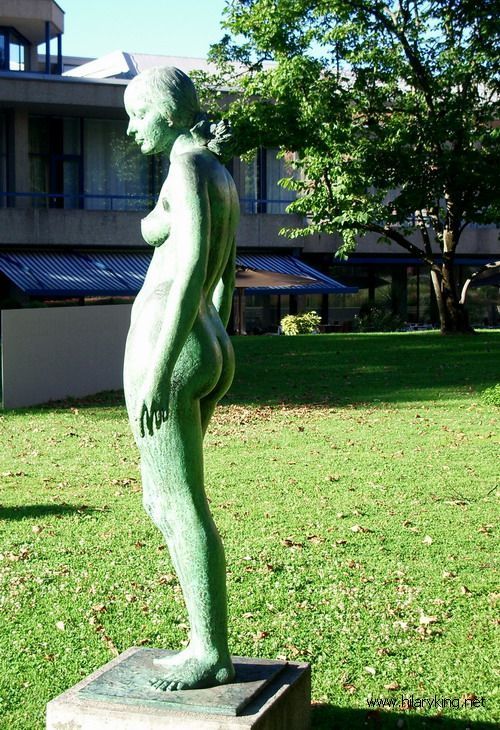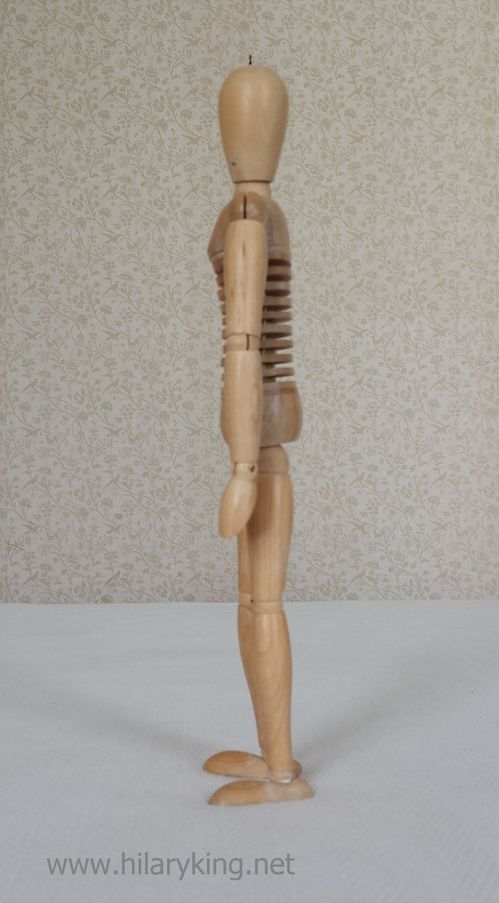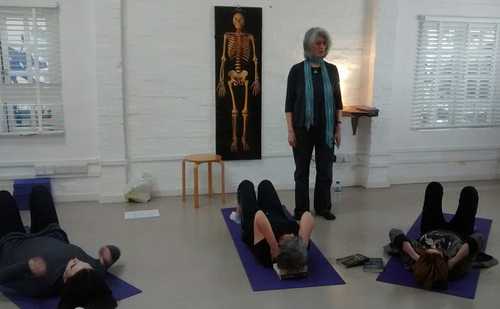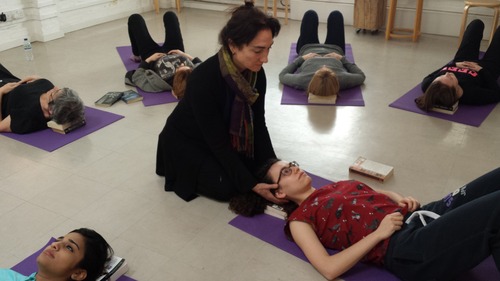Text Neck
Following on from my previous Blog entry on the condition called ‘text neck’ , it is interesting to see that the Daily Mail has published an article about an Australian chiropractor, Dr James Carter, who has reported seeing ‘an alarming increase’ in the number of patients coming to him with text neck within the last 2 years – and that about 50 percent of those patients have been school-aged children.
Dr Carter, and many other practitioners, have been finding very obvious postural changes associated with text neck, which lead to spinal damage and pain in people – including children as young as seven – which Carter puts down to their addictive over-use of smart phones and tablets for many hours at a time.
X-Ray of Seven Year Old Child’s Neck
These X-ray photos illustrate the damage to the neck that can result from this type of prolonged misuse. The first one is, sadly, of a seven year old boy and it shows just how compressed the cervical vertebrae are and how over-curved the neck has become, so that the head is pulled back and down. What cannot be seen in these particular X-ray photos is the way this compression continues downwards, into the rest of the spine.
Of course children are very mobile physically and it’s possible for them to assume this sort of position temporarily and then to come out of it into a more aligned poise with a more suitably lengthened-out neck. However, the more frequently such contracted positions are assumed, the more habitual this way of being becomes for the child – so the less mobile and adaptable the child’s body-use becomes and the more damage ensues .
The second of Dr Carter’s photos shows a more normal curve in the neck. This is particularly obvious at the top of the neck, which shows a space between the top vertebra and the skull – a crucial area which we need to keep freely moving, in order to enable good poise, balance and general body-use. Freeing up this area is a central part of Alexander Technique lessons.
F M Alexander’s ‘Directions’ that he formulated for us to use on an everyday basis, is one of the AT tools we can use to help us avoid this back-and-down compression. If the 7 year old child was able to give himself these directions regularly, this would allow his spine to freely lengthen out again, in a similar manner to that shown in the second photo. FM’s directions are regularly taught in AT lessons and give people a wonderful tool with which to help themselves:
Allow my neck to be free
To allow my head to go forward and up
To allow my back to lengthen and widen
X-Ray of ‘Normal’ Curvature of the Neck

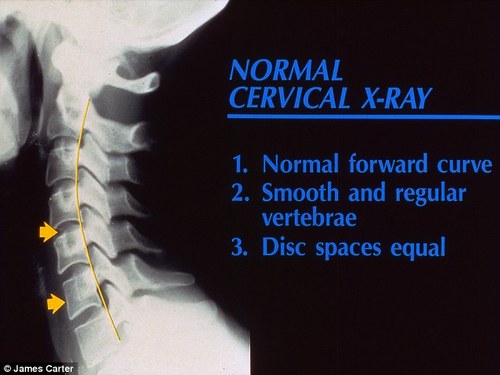
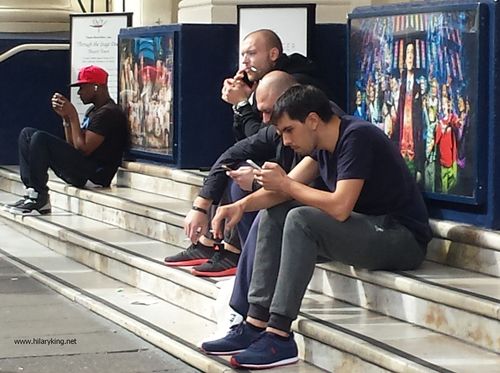
-thumb-500x281-260.jpg)
